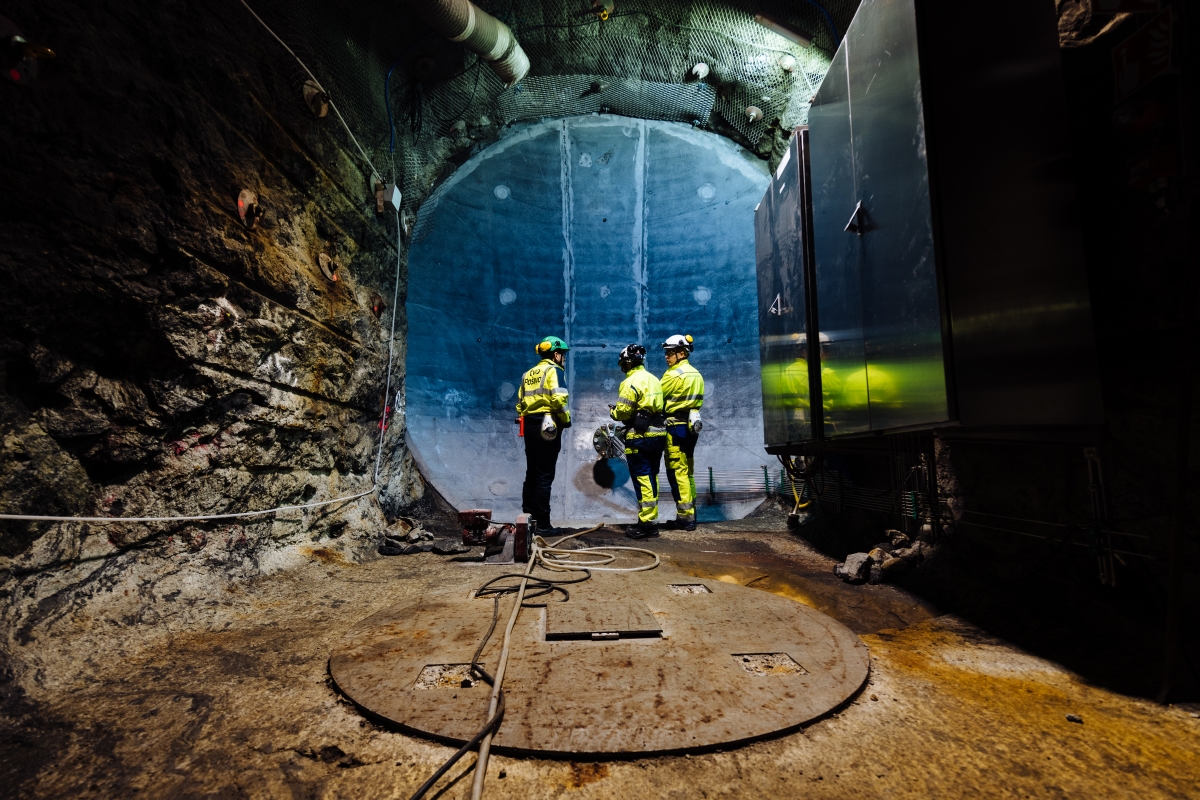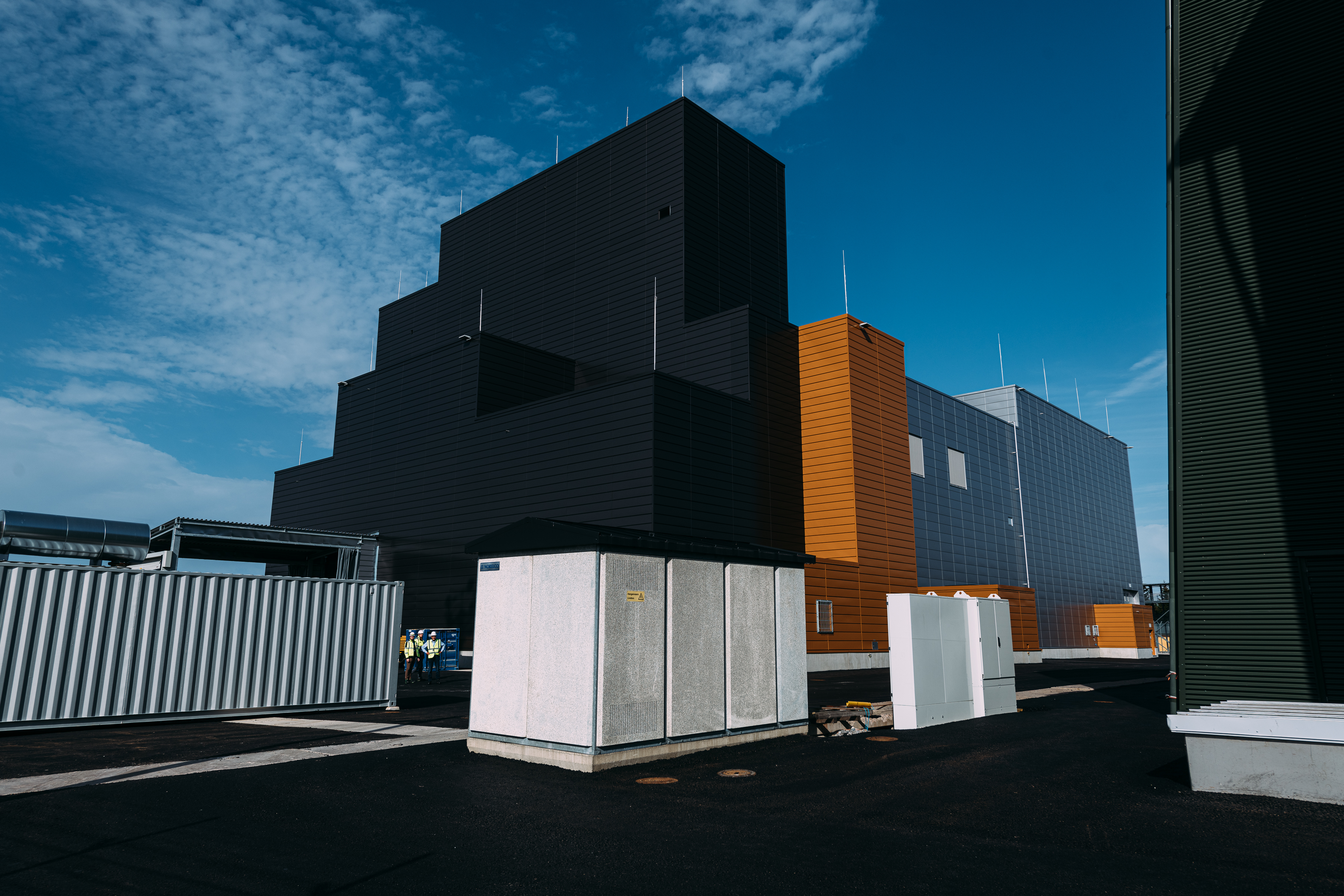Introducing ONKALO and its principle of operation
ONKALO®, the final disposal facility for spent nuclear fuel, was initially an underground research facility where studies were carried out to verify the suitability of the bedrock in Olkiluoto for final disposal. We have come a long way since then.

Soon to be completed, ONKALO has become established as a registered trademark in Finland as well as internationally while at the same time expanding its meaning to refer to Posiva’s entire final disposal facility. This covers the encapsulation plant above ground and the underground final disposal repository. ONKALO reaches to a depth of about 450 metres. The actual final disposal repository is located at a depth of 400–430 metres.
That is some size
ONKALO is a big, or rather, a huge complex. It comprises a spiral shape access tunnel, four vertical shafts (personnel and canister shafts and two ventilation shafts), central tunnels, final disposal and research tunnels, multiple technical rooms, welfare facilities and a café-canteen for the personnel, as well as an underground canister storage.
So far, the total length of the various tunnels excavated in the Olkiluoto bedrock is about ten kilometres. But that is only the start. During the operational stage of final disposal over the next hundred years, some 40 kilometres of new tunnels will additionally be excavated in the bedrock.
All in all, ONKALO can accommodate 6,500 uranium tons of spent fuel. This translates into about 3,250 final disposal canisters. The final disposal repository covers an area of two square kilometres underground. The total amount of rock to be excavated for it is about two million cubic metres.

At the encapsulation plant standing above ground, the spent nuclear fuel is sealed securely in the final disposal canisters. The encapsulation plant developed by Posiva features a lot of unique technology, but experiences from fuel handling facilities currently being designed around the world have also been utilised. The spent fuel canisters are transferred in a canister lift from the encapsulation plant to the underground final disposal repository. You can find more information here: Encapsulation plantOpen link in a new tab

Safety based on multibarrier principle
In the final disposal tunnel, the canister is deposited in a final disposal deposition hole. Each tunnel has 30-40 deposition holes. When all the holes contain a canister and the canisters have been isolated with bentonite clay buffers, the whole tunnel is backfilled with clay and sealed.
The safety of final disposal is based on the multibarrier principle with long-term safety verified by means of several redundant release barriers.
Engineered barriers include the state of the fuel, the final disposal canister, the buffer bentonite, and the tunnel backfill. The bedrock acts as a natural barrier.
Posiva has explored and modelled all the details related to the barriers.
The principle of nuclear waste management is to isolate radioactive waste from organic nature until the radioactivity of the waste has decreased to an insignificant level.
The final disposal of spent nuclear fuel by Posiva is scheduled to start in mid-2020s. The exact start date has not yet been set. But we are getting closer to it every day.
Read more: Posiva - Final disposalOpen link in a new tab
Text: Pasi Tuohimaa
